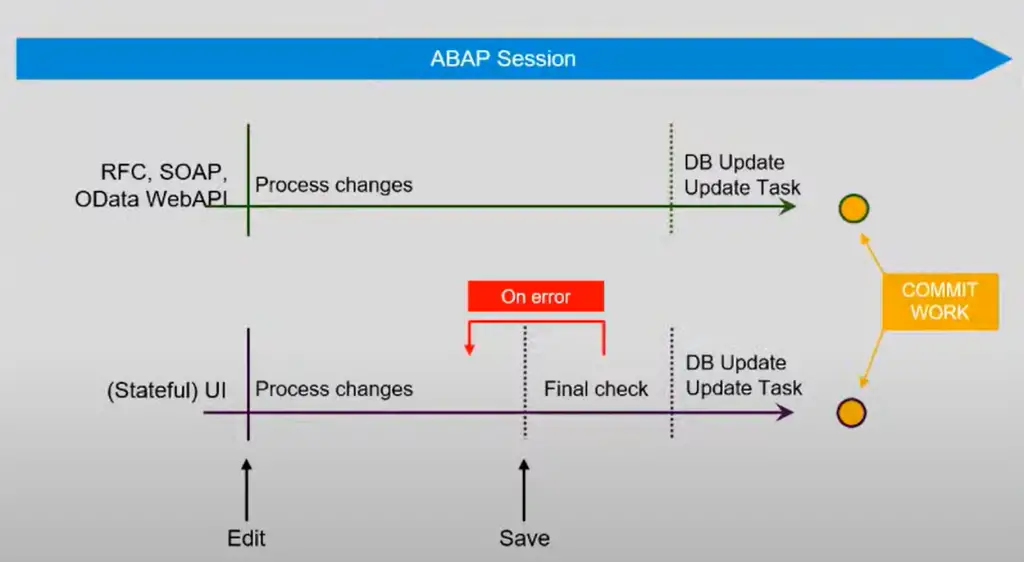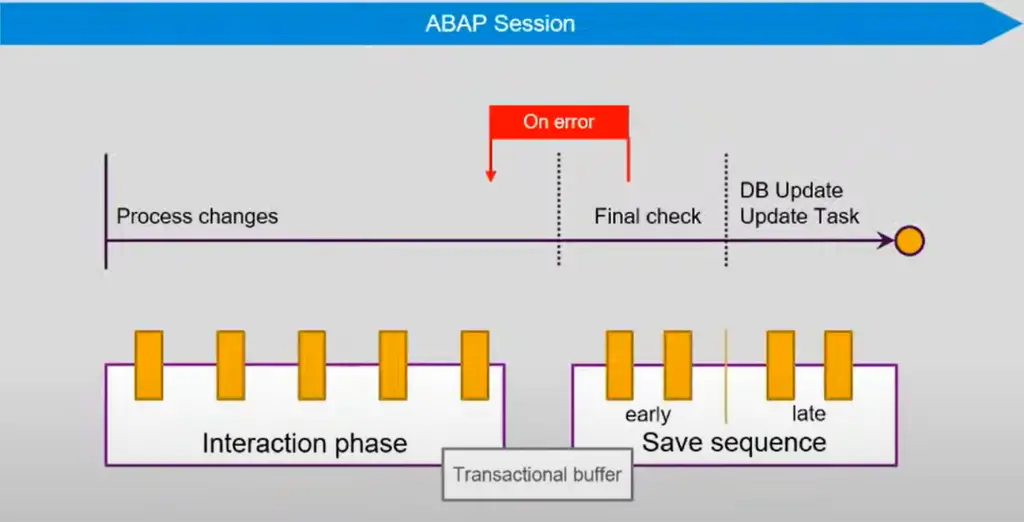As per the description on the event community page, this session is about answering the questions –
- Which legacy ABAP code can be reused in RAP?
- What must developers do to ensure the transactional consistency of the SAP Logical Work of Unit (LUW) when working with RAP?
The session was hosted by Rich Heilman and inlcuded following guest speakers.
- Marcel Hermanns, RAP Product Owner
- Renzo Colle, RAP Lead Architect
- Volker Drees
Marcel started the session with explaination of what are the ABAP options that can be used in various SAP environments which are available now. ABAP cloud is available to be used everywhere and ABAP classic can only be used in SAP S/4HANA cloud private edition or in SAP S/4HANA on-premise system.

During the code migration, ATC can be used which tells which part of the code is not cloud ready and it can be mitigated. However taking all the ATC findings and working on them step by step is not correct way and it needs some strategy.
There are three drivers to get an answer for a question – where to start ?
- Relevance
- Complexity
- Effort
The best place to start would be the area which is simple, but not too complex.
Marcel then moved onto explaining how to integrate existinng code in RAP and why it is needed.
- Start from scratch > Managed RAP BO
- Non-reusable application code > Managed RAP BO with unmanaged lock and save
- Reusable application code > Unmanaged RAP BO
| Managed RAP BO | Managed RAP BO with unmanaged lock & save | Unmanaged RAP BO |
|---|---|---|
| Default CRUD Implementation | Default CRUD Implementation | RAP Facade for existing application logic – CRUD |
| Determinations, Validations & Actions | Determinations, Validations & Actions | Determinations, Validations & Actions |
| Default Save Implementation | Wrapping Existing Save Implementation | RAP Facade for existing application logic – SAVE |
All RAP BO have same look and feel regardless how they are implemented.

Marcel suggested that we can start with Read-Only scenario which works with less number of artifacts such as CDS, Service Definition and Service Binding.
Managed RAP BO
- Start with Read-Only scenario
- Add edit options (draft is also available)
- Add determination, validation and actions
Here, RAP generator can generate the artifcats for step 1 and 2.
Managed RAP BO with unmanaged SAVE
In this scenario we may want to reuse custom update function module. As update FM do not working in cloud abap – it needs to be migrated to abap cloud.
UnManaged RAP BO
In this scenario all the business logic needs to be migrated to abap cloud.
To answer the qeustion how to make the code cloud ready and what happens to SAP LUW Marcel called Renzo – Make sure your application coding is cloud ready.
Classic ABAP – SAP LUW vs ABAP cloud


Renzo then explained remote scenario, local scenario with examples.

After this, I was expecting someone to show the code of the 3 scenarios discussed or how the update module is imported to cloud or where to call / implement the save functionality. However, the 2nd half of the session, I could not understand as much as I would have liked.
Check out Devtoberfest Learning Experience 2022 series to find my take on the ABAP sessions.
If you like the content, please subscribe…